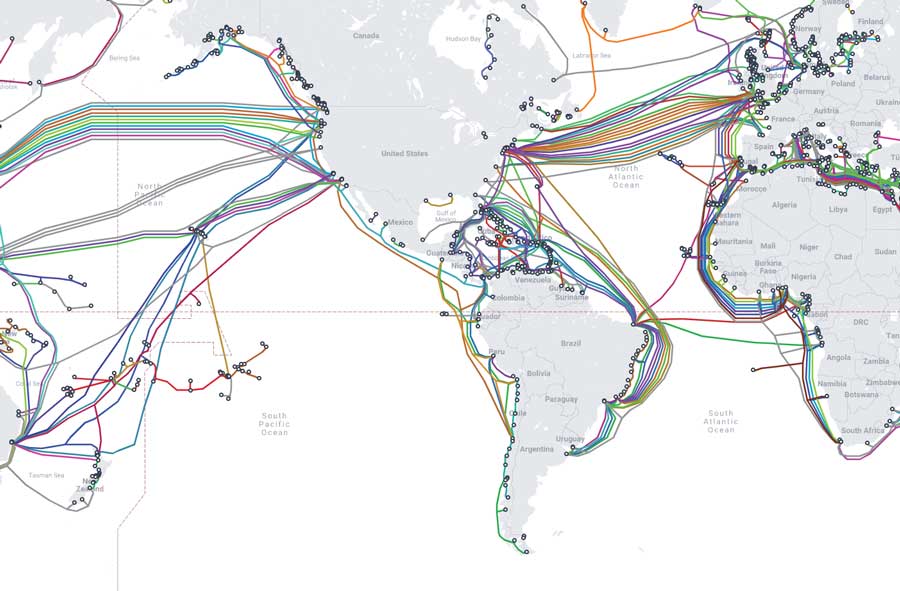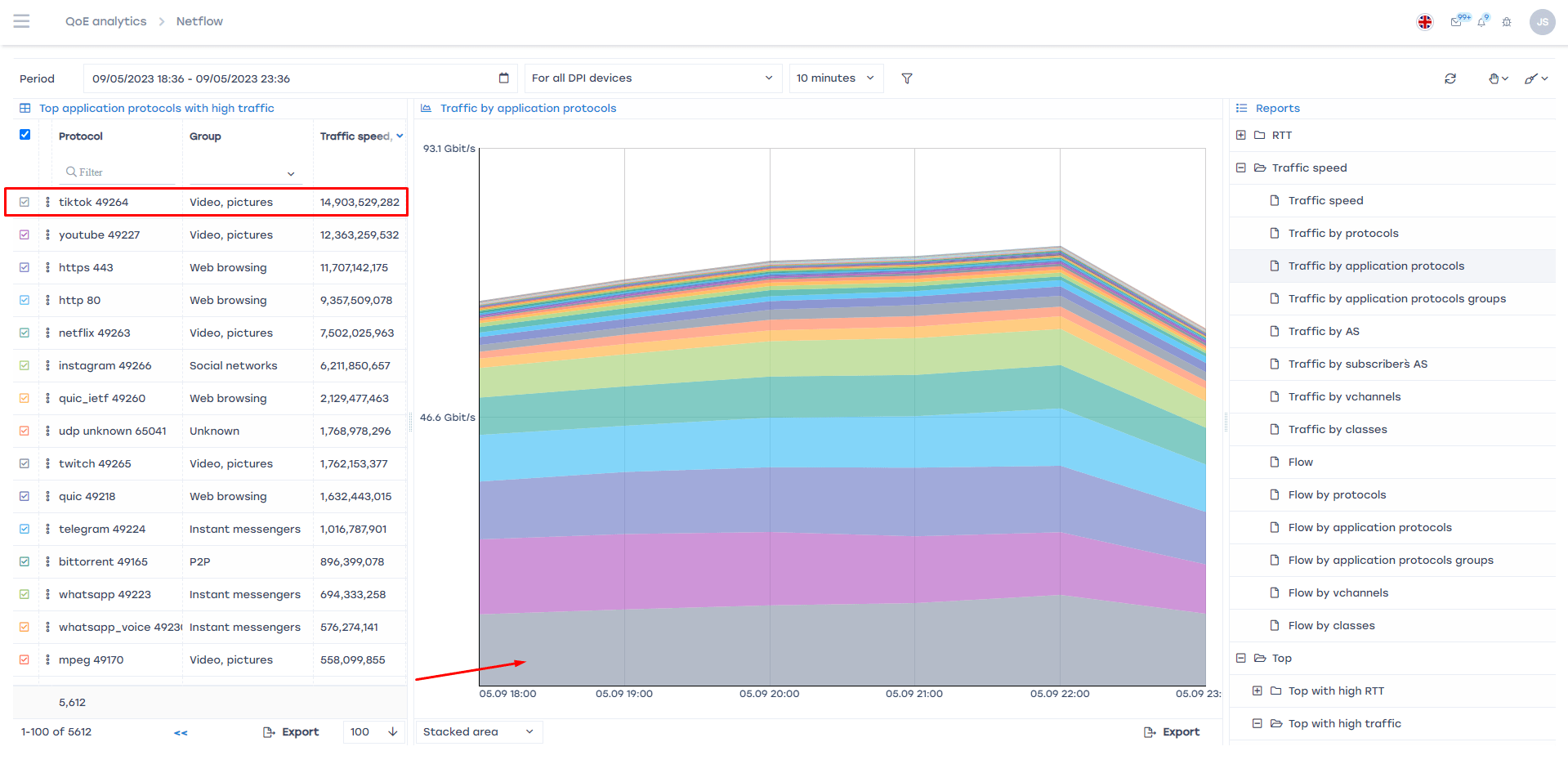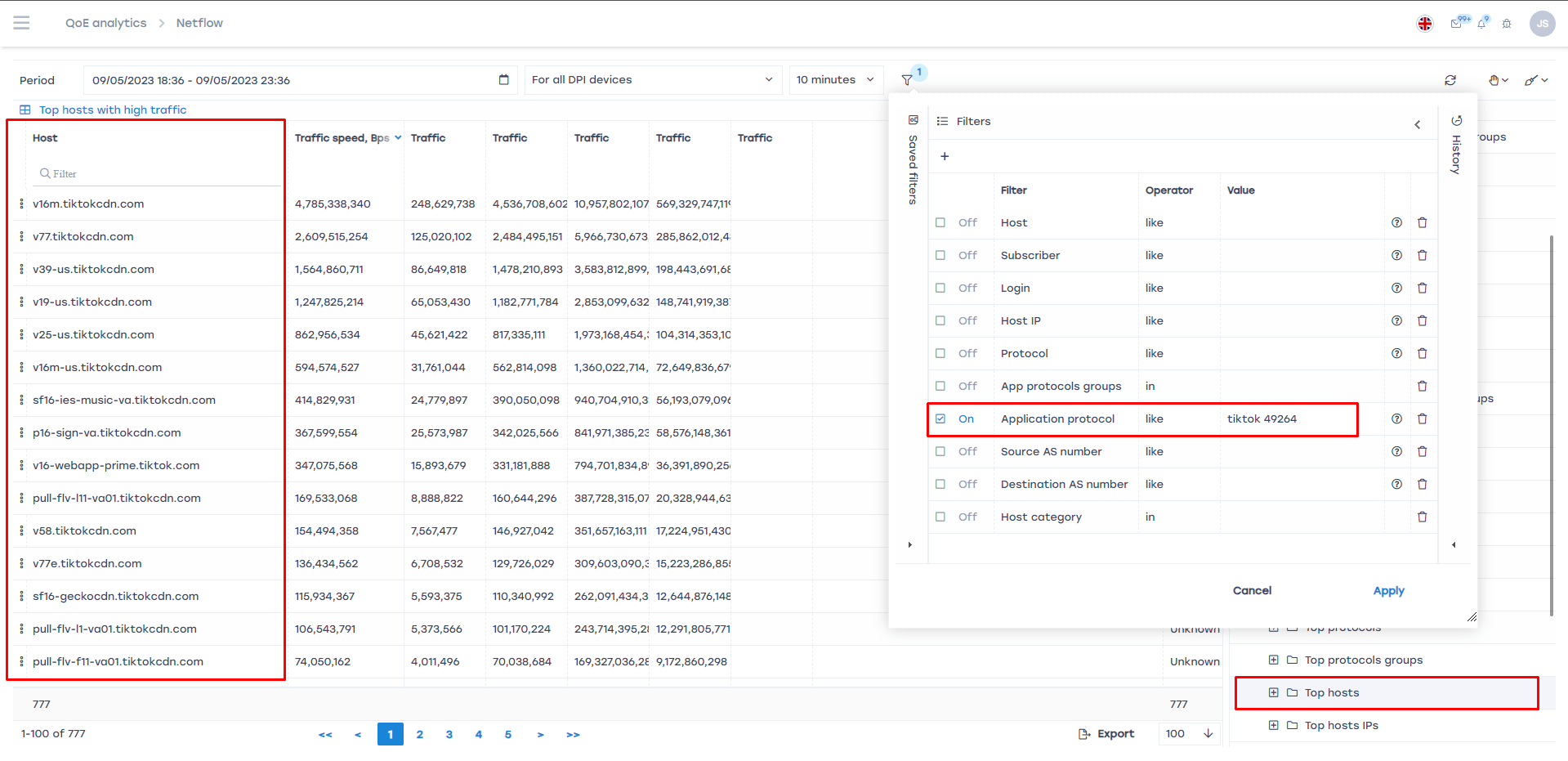
What does the cost of an uplink consist of?
Based on the statistics we have collected on telecom operators around the world, the top of most traffic-consuming protocols always include:
- streaming services and video hosting (YouTube, Netflix);
- social networks and messengers (WhatsApp, Instagram, Facebook);
- web services.
The percentage of costs for leasing the uplink is especially high in locations where it is not so easy to lay a backbone cable because of the landscape: for example, in some Latin American countries, a significant part of Internet access is provided by backbones laid on the ocean floor, and the terrain is too mountainous for fast and inexpensive development of network infrastructure. It turns out that the one who owns the submarine cable is the one who sets the prices for uplink.

Source: Submarine Cable Map
Optimization by caching
A service provider can use content caching to reduce the amount of traffic that comes from an uplink. Content caching is the process of storing a copy of media content on servers closer to end users.
When a user requests content that has already been stored in the cache, the server returns that content from the cache instead of downloading it again from the uplink. This reduces the amount of traffic that goes through the backbone and reduces the load on the network.
It is worth noting that operators can independently configure caching only for unencrypted traffic, the share of which is constantly decreasing and tends to be minimized. In the case of media content, there are two options for caching: either to provide it via CDN, or to request it from the content provider itself. In this case, you have to go directly to TikTok/Meta/Google and so on.
One of our customers in Latin America has taken advantage of this very option to cut down on uplink costs. The operator uses CG-NAT and the analytics module from VAS Experts, so he can skillfully control traffic, react to changes and monetize analytics data.

If we analyze the distribution of traffic in the operator’s network during the peak hours, we can see that 18-20% of the bandwidth is occupied by content downloads in the TikTok application. In this case, it is even more than YouTube traffic. In the host top report, let’s filter the list by TikTok protocol and see all hosts and traffic speed for them:

To reduce TikTok’s share in the channel and free up resources for other protocols through caching, the ISP’s technical specialists initiated correspondence with the content provider’s head office in China. Having provided screenshots from the QoE analytics module as justification for the need to install a cache server and forecast its scaling, asked to enable caching.
This way the operator plans to save up to $100,000 a year.